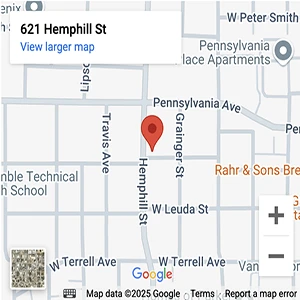What Is the Difference Between Primary and Secondary Seat Belt Laws?
Be honest: Are you diligent about wearing a seat belt every time you get behind the wheel, regardless of how far you might be traveling? If not, you should make doing so a New Year’s resolution, even when you’re just heading down the road to pick up a gallon of milk or fill the gas tank.

After all, researchers have found that 23 percent of reported motor vehicle collisions occur within 1 mile of the home, and more than 75 percent of all crashes happen within 15 miles. Thus, it would make sense to wear your seat belt especially when traveling just a short distance down the road.
According to the Centers for Disease Control and Prevention, drivers and front-seat passengers can reduce the risk of serious injury by 50 percent and the risk of death by 45 percent simply by wearing their safety restraint properly. In fact, because seat belts are so effective at protecting both passengers and motorists, 49 states have implemented either primary or secondary seat belt laws.
Despite their effectiveness, though, it is still possible to sustain serious injuries in a catastrophic collision even when wearing a safety restraint properly. If you were hurt in a car accident despite wearing a seat belt, turn to the Cooper Law Firm to determine if you have grounds for a claim.
A compassionate attorney on our team can evaluate the circumstances of the crash, gather evidence, interview witnesses, and calculate your damages. Call 903-297-0037 to schedule a free consultation with an accident lawyer in Tyler.
What Is the Difference Between Primary and Secondary Seat Belt Laws?
According to the Governors Highway Safety Association, Texas has primary seat belt laws. As of 2009, every adult and child riding in a vehicle in Texas must wear a proper safety restraint. Additionally, children who are younger than 8 years old must ride in an adequate booster seat.
Texas is one of 34 states that has primary seat belt laws. These laws allow police to ticket drivers and passengers who are not wearing a proper safety restraint, even if that is the only traffic violation they are committing.
Secondary seat belt laws, on the other hand, do not grant law enforcement officials the right to ticket drivers or passengers for failing to wear a safety restraint unless another traffic violation has occurred. There are 15 states with secondary seat belt laws.
The only state with neither primary nor secondary seat belt laws is New Hampshire. Because safety restraints significantly reduce the risk of injury and death in a collision, though, even New Hampshire requires all motorists and passengers younger than 18 to wear a seat belt.
If you sustained serious injuries in an accident despite wearing a proper safety restraint, contact the Cooper Law Firm. Attorney N. Eric Cooper helps clients throughout east Texas.
Call 903-297-0037 to schedule a free case evaluation with an accident attorney in Tyler. If you want to learn more about personal injury claims in Texas, visit USAttorneys.com.
















